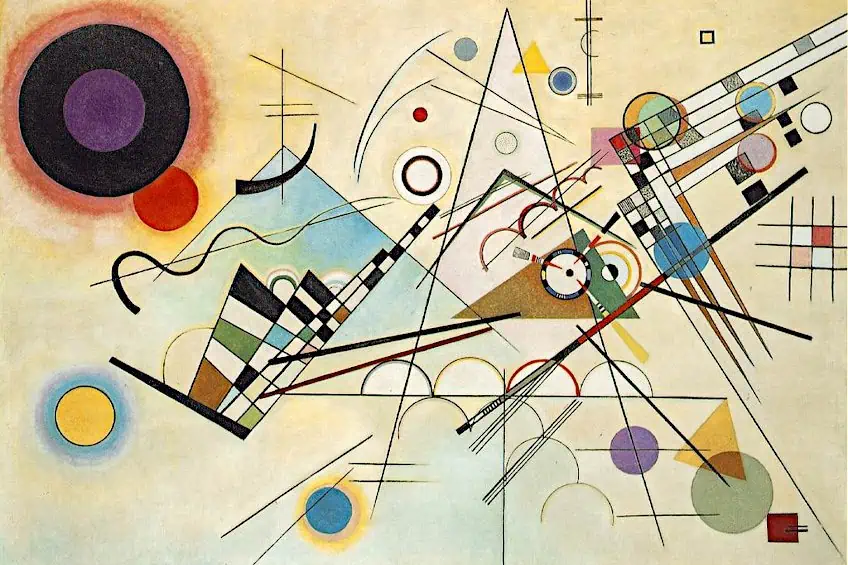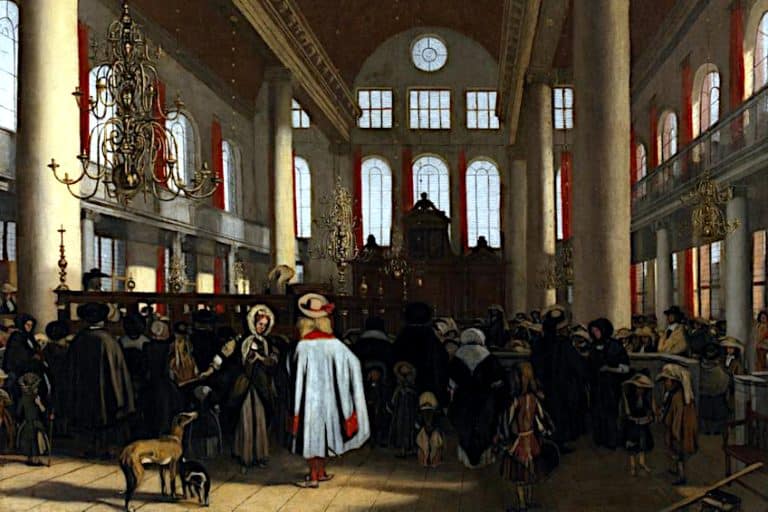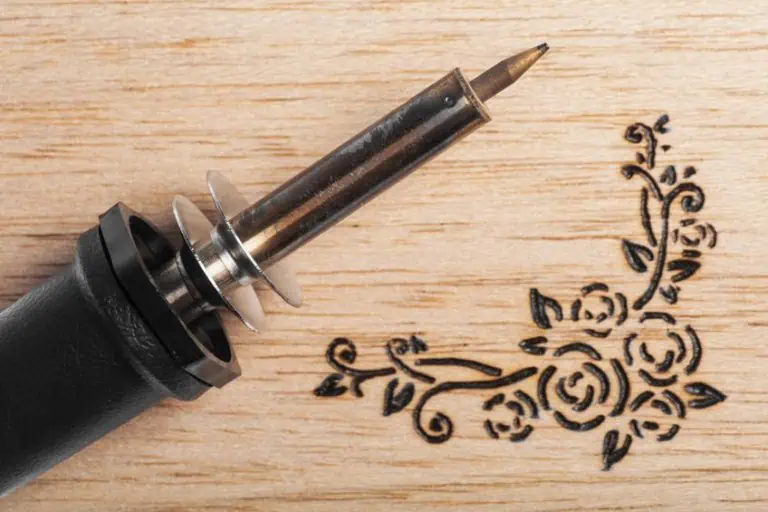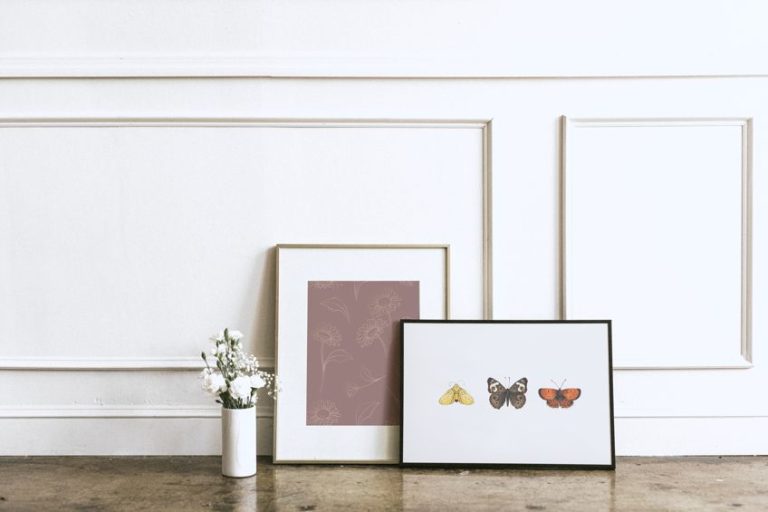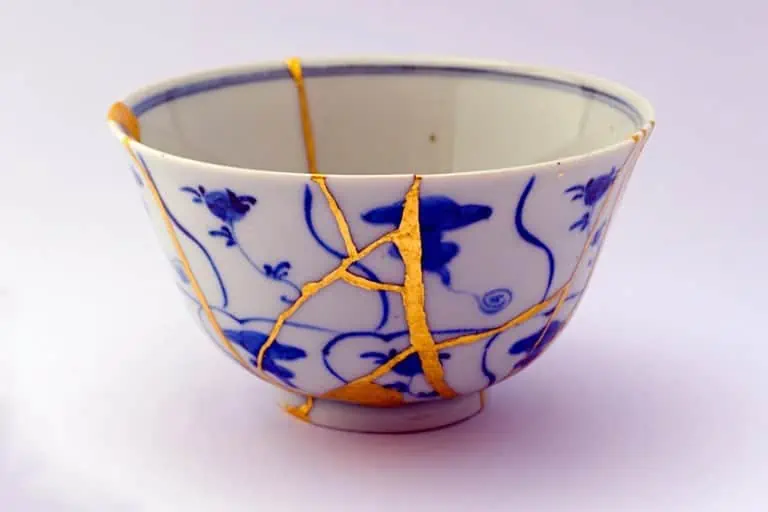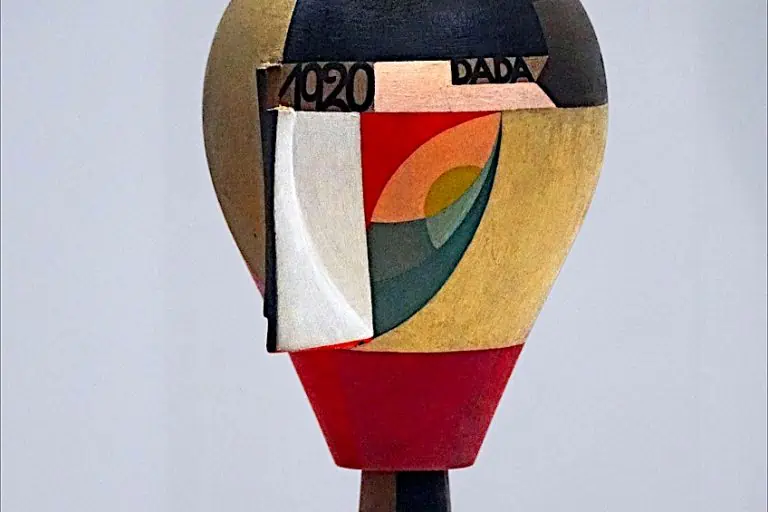Rhythm in Art – How Artists Achieve Dynamism and Harmony
This post may contain affiliate links. We may earn a small commission from purchases made through them, at no additional cost to you.
Rhythm is an essential element of art that often goes unnoticed. It is a visual tool that creates a sense of movement and harmony in a work of art. Rhythm can be seen in various forms in art, including flowing, random, alternating, and progressive rhythms. In this article, we will explore the question, “what is rhythm in art?”, and provide some examples of how it can be used to create captivating and dynamic works of art.
Table of Contents
Rhythm in Art Definition
Rhythm in art is the visual element that creates a sense of direction, flow, and balance in a work of art. It refers to the repetition or variation of shapes, colors, lines, or forms that create a visual tempo or beat. Rhythm can be created through the use of a single element repeated in a specific pattern, or through the combination of different elements that work together to create a cohesive visual rhythm.
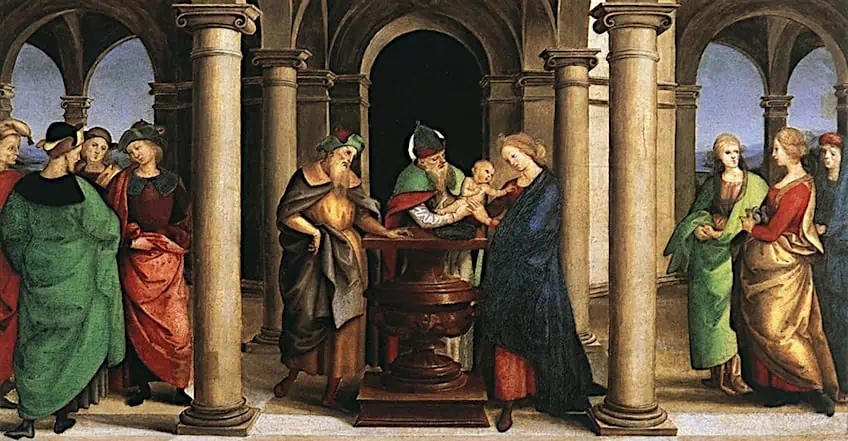 The Presentation in the Temple by Raphael (between 1502 and 1503); Raphael, Public domain, via Wikimedia Commons
The Presentation in the Temple by Raphael (between 1502 and 1503); Raphael, Public domain, via Wikimedia Commons
There are several types of rhythms that can be seen in art, including flowing, random, alternating, and progressive rhythms. Rhythm is a powerful visual tool that can enhance the impact and message of a work of art. It can create a sense of energy, movement, and outpour, as well as a sense of harmony, order, and unity. By understanding and utilizing rhythm in art, artists can create captivating and dynamic works that engage and stimulate the viewer’s senses. Let us take a closer look at different kinds of rhythm in art.
Different Kinds of Rhythm in Art
Flowing rhythm in art creates a sense of continuity and movement as if the viewer’s eye is being led through the work of art. Random rhythm in art creates a sense of unpredictability and chaos, as elements are placed seemingly haphazardly throughout the composition. Alternating rhythm in art creates a sense of regularity and repetition, with elements repeating in a predictable pattern. Progressive rhythm in art creates a sense of growth and progression, as elements gradually change in size or shape as the viewer moves through the composition.
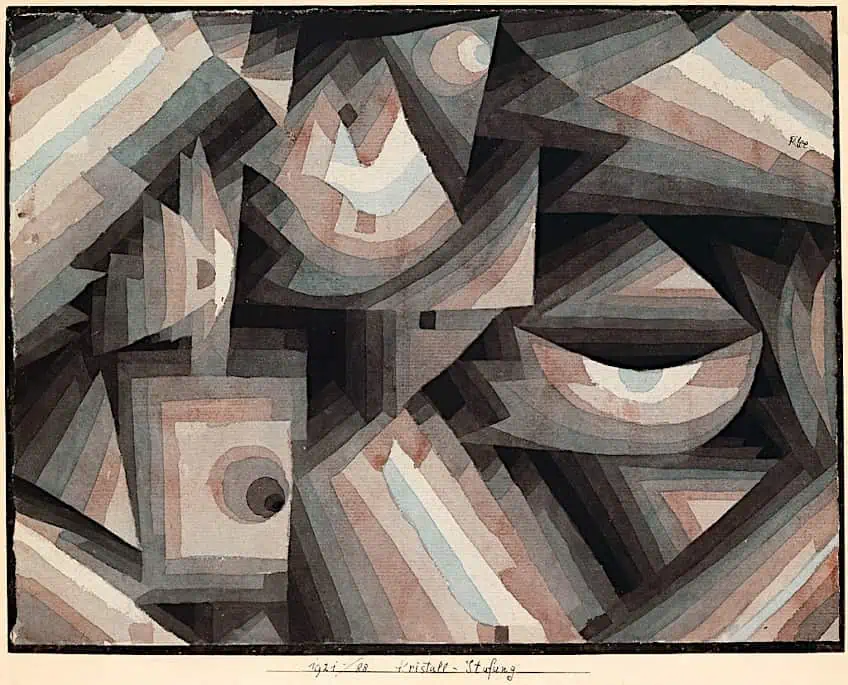 Crystal Gradation by Paul Klee (1921); Paul Klee, Public domain, via Wikimedia Commons
Crystal Gradation by Paul Klee (1921); Paul Klee, Public domain, via Wikimedia Commons
Flowing Rhythm in Art
Flowing rhythm in art is a visual element that creates a sense of movement and continuity in a work of art. It is created through the repetition of organic shapes, lines, or forms that lead the viewer’s eye through the composition. This type of rhythm is often found in naturalistic or abstract works of art that aim to evoke a sense of fluidity, grace, or serenity.
To create flowing rhythm in art, artists often use curvilinear lines, fluid forms, and asymmetrical compositions. The repetition of these elements creates a sense of movement and continuity that leads the viewer’s eye through the composition. Whether in representational or abstract works of art, flowing rhythm can create a sense of grace, fluidity, and movement that captivates and stimulates the viewer’s senses.
Dance (1909 – 1910) by Henri Matisse
| Artist | Henri Matisse (1869 – 1954) |
| Date | 1909 – 1910 |
| Medium | Oil on canvas |
| Dimensions (cm) | 260 x 391 |
| Style | Fauvism |
| Subject | Figures |
| Location | The Museum of Modern Art, New York City, United States |
One of the most famous examples of flowing rhythm in art is Henri Matisse’s Dance (1909-1910), a painting that captures the joy and movement of a group of dancers. The painting features a group of figures that appear to be moving in unison, their limbs and bodies creating a flowing rhythm that leads the viewer’s eye across the canvas. The use of bright, vivid colors and simplified, curvilinear forms further enhances the sense of movement and harmony in the painting.
Red Canna (1923) by Georgia O’Keeffe
| Artist | Georgia O’Keeffe (1887 – 1986) |
| Date | 1923 |
| Medium | Oil on canvas |
| Dimensions (cm) | 30.48 x 25.0825 |
| Style | Expressionism |
| Subject | Flowers and eroticism |
| Location | The Vivian O. and Meyer P. Potamkin Collection, Philadelphia, United States |
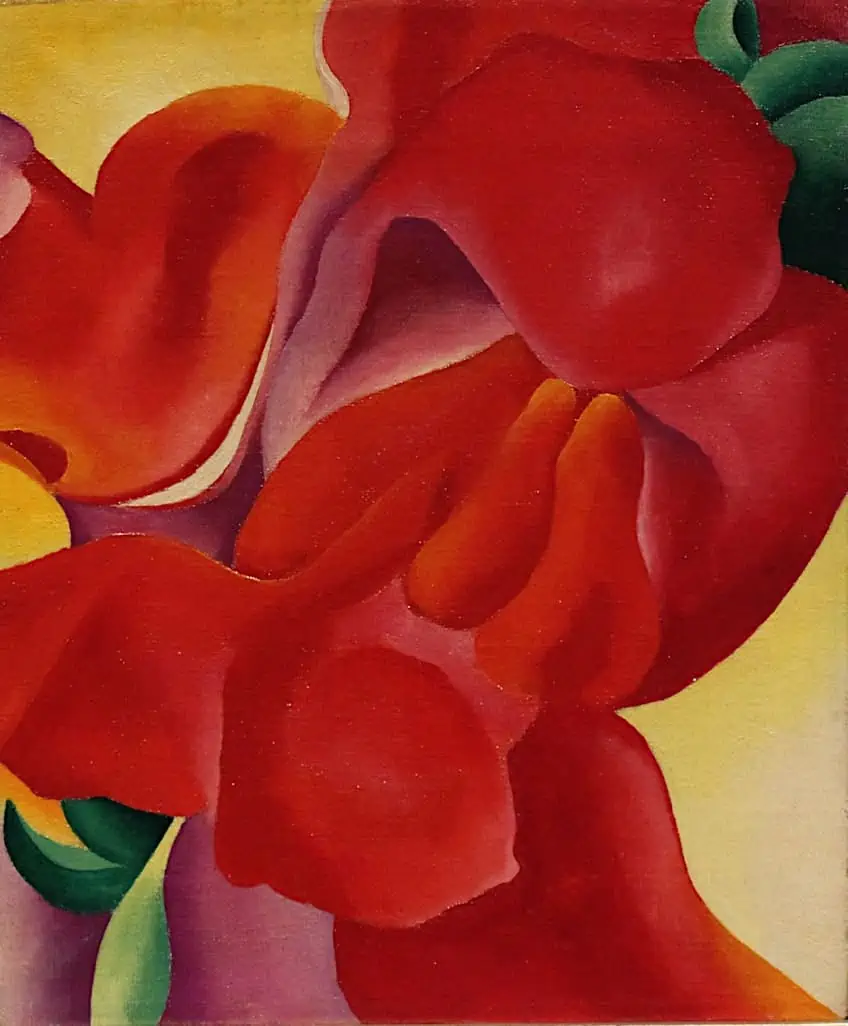 Red Canna by Georgia O’Keefe (1923); Georgia O’Keefe, Public domain, via Wikimedia Commons
Red Canna by Georgia O’Keefe (1923); Georgia O’Keefe, Public domain, via Wikimedia Commons
Another example of flowing rhythm in art can be seen in the work of Georgia O’Keeffe, particularly in her flower paintings. O’Keeffe often painted close-up views of flowers, emphasizing their organic shapes and lines to create a sense of flow and movement. In her painting Red Canna (1923), for example, the petals of the flower are rendered with fluid, curving lines that create a sense of movement and vitality.
Sunflower VI (1969) by Joan Mitchell
| Artist | Joan Mitchell (1925 – 1992) |
| Date | 1969 |
| Medium | Oil on canvas |
| Dimensions (cm) | 259.715 x 160.02 |
| Style | Expressionism |
| Subject | Sunflowers |
| Location | Williams College Museum of Art Williamstown, Massachusetts, United States |
A more contemporary example of flowing rhythm in art can be seen in the work of abstract painter Joan Mitchell. Mitchell’s paintings feature bold, gestural brushstrokes that create a sense of energy and motion across the canvas. Her painting Sunflower VI (1969) is a prime example of her use of flowing rhythm, as the bold strokes of paint create a sense of movement and dynamism that evokes the natural world.
The Winged Victory of Samothrace (200 – 190 BCE) by Unknown
| Artist | Unknown |
| Date | 200 – 190 BCE |
| Medium | Parian marble |
| Dimensions (cm) | 244 |
| Style | Greek sculpture |
| Subject | Nike and mythology |
| Location | Louvre Museum, Paris, France |
 The Winged Victory of Samothrace (200-190 BCE); KHo235, CC0, via Wikimedia Commons
The Winged Victory of Samothrace (200-190 BCE); KHo235, CC0, via Wikimedia Commons
There are several famous sculptures that make use of flowing rhythm to create a sense of movement and energy. One example is The Winged Victory of Samothrace, an ancient Greek sculpture dating back to 190 BCE that depicts the goddess Nike with her wings spread as if she is landing on the prow of a ship. The sculpture’s flowing drapery creates a sense of motion and has become an iconic symbol of Hellenistic sculpture.
Random Rhythm in Art
Random rhythm in art is a visual element that creates a sense of unpredictability and chaos in a work of art. It is created through the repetition of shapes, lines, or forms that are placed seemingly haphazardly throughout the composition. This type of rhythm is often found in abstract works of art that aim to evoke a sense of spontaneity, dynamism, or dissonance.
To create random rhythm in art, artists often use a variety of techniques, including dripping, splattering, and collage. The repetition of these elements creates a sense of unpredictability and spontaneity that can evoke a wide range of emotions and reactions from the viewer. Whether in representational or abstract works of art, random rhythm can create a sense of dissonance, chaos, and energy that challenges the viewer’s perceptions and expectations.
Number 1 (Lavender Mist) (1950) by Jackson Pollock
| Artist | Jackson Pollock (1912 – 1956) |
| Date | 1950 |
| Medium | Oil and enamel paint on canvas |
| Dimensions (cm) | 221 x 299.7 |
| Style | Abstract Expressionism |
| Subject | The unconscious mind and symbolism |
| Location | The National Gallery of Art, Washington DC, United States |
 Number One (Lavender Mist) by Jackson Pollock (1950); Jackson Pollock, CC BY-SA 4.0, via Wikimedia Commons
Number One (Lavender Mist) by Jackson Pollock (1950); Jackson Pollock, CC BY-SA 4.0, via Wikimedia Commons
One of the most famous examples of random rhythm in art is Jackson Pollock’s Number 1 (1950) also known as Lavender Mist, a painting that epitomizes the style of action painting. The painting features a series of drips, splatters, and dribbles of paint that cover the entire canvas in a seemingly random fashion. The use of dripping and splattering techniques creates a sense of unpredictability and chaos, as if the painting was created in a moment of pure improvisation.
Texturologies Series (1958) by Jean Dubuffet
| Artist | Jean Dubuffet (1901 – 1985) |
| Date | 1958 |
| Medium | Mixed Media |
| Dimensions (cm) | N/A |
| Style | Modern Art and Art Brut |
| Subject | N/A |
| Location | N/A |
Another example of random rhythm in art can be seen in the work of Jean Dubuffet. Dubuffet often used collage and mixed media techniques to create works that incorporated a variety of materials and textures. In his series of works called, Texturologies (1958), for example, Dubuffet combined a variety of materials, including sand, gravel, and bits of fabric, to create a textured surface that appears to be randomly composed.
Reclining Figure (1969) by Henry Moore
| Artist | Henry Moore (1898 – 1986) |
| Date | 1969 |
| Medium | Bronze |
| Dimensions (cm) | 343 |
| Style | Modern Art |
| Subject | Reclining body |
| Location | Tel Aviv Museum of Art, Tel Aviv, Israel |
 Reclining Figure by Henry Moore (1969); sunshinecity from Italy, CC BY 2.0, via Wikimedia Commons
Reclining Figure by Henry Moore (1969); sunshinecity from Italy, CC BY 2.0, via Wikimedia Commons
Random rhythm in sculpture is a technique that uses irregular or unpredictable shapes, lines, and forms to create a sense of spontaneity and movement. One example is Henry Moore’s (1898 – 1986) Reclining Figure (1969), which features abstract, organic shapes that are arranged in a seemingly random but harmonious composition. The irregular forms and negative spaces in these sculptures create a sense of movement and energy that is characteristic of Moore’s work.
Alternating Rhythm
Alternating rhythm in art is a visual element that creates a sense of repetition and variation in a work of art. It is created through the use of alternating shapes, lines, or forms that repeat in a regular pattern. This type of rhythm is often found in abstract works of art that aim to evoke a sense of order, symmetry, or balance.
To create alternating rhythm in art, artists often use geometric forms, repeating patterns, and a sense of symmetry or balance. The repetition of these elements creates a sense of order and regularity that can evoke a wide range of emotions and reactions from the viewer. Whether in representational or abstract works of art, alternating rhythm can create a sense of harmony, balance, and symmetry that can be both calming and stimulating to the viewer.
Composition with Red, Yellow, and Blue (1930) by Piet Mondrian
| Artist | Piet Mondrian (1872 – 1944) |
| Date | 1930 |
| Medium | Oil on canvas |
| Dimensions (cm) | 45 × 45 |
| Style | Modernism, Abstract Art, De Stijl, and Neo-Plasticism |
| Subject | Neo-Plasticism, and the underlying spiritual order of the world |
| Location | Kunsthaus Zürich, Switzerland |
 Composition with Red, Yellow, and Blue by Piet Mondrian (1930); Piet Mondrian, Public domain, via Wikimedia Commons
Composition with Red, Yellow, and Blue by Piet Mondrian (1930); Piet Mondrian, Public domain, via Wikimedia Commons
One of the most famous examples of alternating rhythm in art is Piet Mondrian’s Composition with Red, Yellow, and Blue (1930), a painting that epitomizes the style of neoplasticism. The painting features a grid of black lines that create a series of rectangles of different sizes, some of which are filled with primary colors. The use of alternating colors and shapes creates a sense of order and balance, as if the painting is a visual representation of a musical composition.
Blaze 1 (1962) by Bridget Riley
| Artist | Bridget Riley (1931 – Present) |
| Date | 1962 |
| Medium | Emulsion on board |
| Dimensions (cm) | 109.20 x 109.20 |
| Style | Abstract Art and Op Art |
| Subject | Optical illusion and rhythm |
| Location | Scottish National Gallery, Edinburgh, Scotland |
Another example of alternating rhythm in art can be seen in the work of Bridget Riley, particularly in her op art paintings. Riley’s paintings feature repeating patterns of lines or shapes that create a sense of movement and optical illusion. In her painting Blaze 1 (1962), for example, she uses a series of diagonal lines that alternate in thickness and color to create a sense of rhythm and movement across the canvas.
Laocoön and His Sons (27 BC – 68 AD) by Unknown
| Artist | Unknown |
| Date | 27 BC – 68 CE |
| Medium | Marble |
| Dimensions (cm) | 208 × 163 × 112 |
| Style | Roman sculpture |
| Subject | The myth of Laocoön and His Sons |
| Location | Vatican Museums, Vatican City, Italy |
 Laocoön and His Sons, copy by an unknown artist of a Hellenistic Greek bronze by Hagesandros, Athenodoros, and Polydoros (early 1st Century BCE); Vatican Museums, CC BY-SA 4.0, via Wikimedia Commons
Laocoön and His Sons, copy by an unknown artist of a Hellenistic Greek bronze by Hagesandros, Athenodoros, and Polydoros (early 1st Century BCE); Vatican Museums, CC BY-SA 4.0, via Wikimedia Commons
One famous sculpture that makes use of alternating rhythm is Laocoön and His Sons, a Hellenistic sculpture that depicts a Trojan priest and his two sons being attacked by sea serpents. The sculpture’s composition features a series of alternating forms, with the twisting bodies of Laocoön and his sons creating a sense of rhythm and movement. The figures’ contorted poses and interlocking limbs create a sense of tension and drama, with the viewer’s eye drawn from one figure to the next in a continuous, flowing pattern. The alternating rhythm in this sculpture adds to its overall impact, creating a sense of energy and emotion that is characteristic of Hellenistic art.
Progressive Rhythm
Progressive rhythm in art is a visual element that creates a sense of movement and progression in a work of art. It is created through the repetition of shapes, lines, or forms that increase or decrease in size, scale, or intensity. This type of rhythm is often found in abstract works of art that aim to evoke a sense of progression, growth, or development.
To create progressive rhythm in art, artists often use a variety of techniques, including the repetition of shapes, lines, or forms, as well as changes in scale, size, or intensity. The repetition of these elements creates a sense of movement and progression that can evoke a wide range of emotions and reactions from the viewer. Whether in representational or abstract works of art, progressive rhythm can create a sense of energy, growth, and dynamism that can be both mesmerizing and inspiring to the viewer.
Starry Night (1889) by Vincent van Gogh
| Artist | Vincent van Gogh (1853 – 1890) |
| Date | 1889 |
| Medium | Oil on canvas |
| Dimensions (cm) | 74 x 92 |
| Style | Landscape painting and Expressionism |
| Subject | The artist’s inner world reflected in the outer landscape |
| Location | The Museum of Modern Art, New York City, United States |
 Starry Night by Vincent van Gogh (1889); Vincent van Gogh, Public domain, via Wikimedia Commons
Starry Night by Vincent van Gogh (1889); Vincent van Gogh, Public domain, via Wikimedia Commons
One of the most famous examples of progressive rhythm in art is Vincent van Gogh’s Starry Night (1889), a painting that epitomizes the style of post-impressionism. The painting features a swirling, star-filled sky that creates a sense of movement and progression across the canvas. The use of progressively smaller and more intense brushstrokes in the sky and the village below creates a sense of energy and dynamism, as if the painting is in constant motion.
Composition VIII (1923) by Wassily Kandinsky
| Artist | Wassily Kandinsky (1866 – 1944) |
| Date | 1923 |
| Medium | Oil on canvas |
| Dimensions (cm) | 140.3 x 200.7 |
| Style | Abstract Expressionism |
| Subject | Rhythm |
| Location | Guggenheim Museum, New York City, United States |
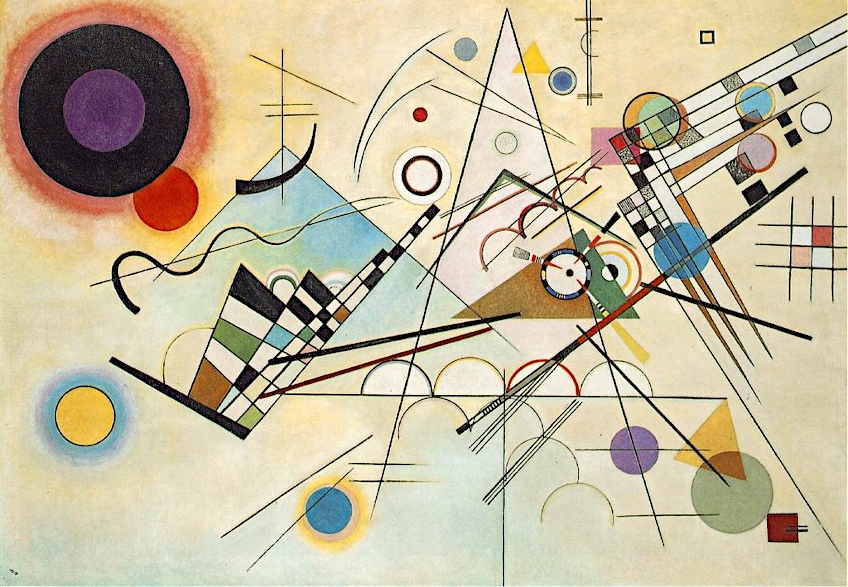 Composition VIII by Wassily Kandinsky (1923); Wassily Kandinsky, Public domain, via Wikimedia Commons
Composition VIII by Wassily Kandinsky (1923); Wassily Kandinsky, Public domain, via Wikimedia Commons
Another example of progressive rhythm in art can be seen in the work of Wassily Kandinsky. Kandinsky’s abstract paintings feature repeating geometric forms that increase or decrease in size and intensity, creating a sense of movement and progression. In his painting Composition VIII (1923), for example, he uses a series of circles and squares that gradually increase in size and intensity, creating a sense of energy and movement across the canvas.
Unique Forms of Continuity in Space (1913 – 1931) by Umberto Boccioni
| Artist | Umberto Boccioni (1882 – 1916) |
| Date | 1913 – 1931 |
| Medium | Bronze |
| Dimensions (cm) | 111 x 88 |
| Style | Futurist |
| Subject | Rhythm |
| Location | Museum of Contemporary Art, São Paulo, Brazil |
 Unique Forms of Continuity in Space by Umberto Boccioni (1913 – 1931); Umberto Boccioni, Public domain, via Wikimedia Commons
Unique Forms of Continuity in Space by Umberto Boccioni (1913 – 1931); Umberto Boccioni, Public domain, via Wikimedia Commons
One famous sculpture that employs progressive rhythm is Unique Forms of Continuity in Space by Umberto Boccioni. This sculpture, created in 1913, is a dynamic representation of movement and speed. The figure is shown striding forward with outstretched arms and elongated legs, creating a sense of momentum and progress. The sculpture’s form is intentionally fragmented and abstract, with the figure’s body merging into the surrounding space. The use of progressive rhythm in this sculpture allows Boccioni to convey a sense of energy and dynamism, capturing the speed and movement of modern life in a single, fluid form.
In conclusion, rhythm is an essential tool for artists to create movement, harmony, and unity in their works of art. The use of flowing rhythm in art can create a sense of fluidity and continuity, while random rhythm can create a sense of unpredictability and spontaneity. Alternating rhythm can create a sense of regularity and repetition, while progressive rhythm can create a sense of growth and progression. By understanding what rhythm in art is, artists can use it to create captivating and dynamic works of art that engage and stimulate the viewer’s senses. We have explored various rhythm art examples, and it is evident that rhythm is a powerful visual element that can transform a work of art from static to dynamic.
Frequently Asked Questions
What Is Rhythm in Art?
Rhythm art, also known as rhythmical art, is a style of art that incorporates elements of rhythm and movement. It typically features repeating patterns, shapes, or lines that create a sense of movement or flow. This can be achieved through the use of color, line, shape, and other visual elements. For example, flowing rhythm in art creates a sense of continuity and movement, while random rhythm creates a sense of unpredictability and chaos. Alternating rhythm in art creates a sense of regularity and repetition, while progressive rhythm creates a sense of growth and progression.
What Is Flowing Rhythm in Art?
Flowing rhythm in art is a visual element that creates a sense of movement and fluidity in a work of art. It is created through the use of curved lines, shapes, or forms that suggest motion and energy. This type of rhythm is often found in organic, naturalistic, or figurative works of art, and can evoke a wide range of emotions and reactions from the viewer. The repetition of these elements creates a sense of flow and continuity that can be both calming and energizing to the viewer.
What Is Random Rhythm in Art?
Random rhythm in art is a visual element that creates a sense of unpredictability and spontaneity in a work of art. It is created through the use of irregular shapes, lines, or forms that lack a discernible pattern or sequence. This type of rhythm is often found in abstract non-representational works of art, and can evoke a sense of chaos or dynamism. The lack of a discernible pattern or sequence can create a sense of unpredictability and can be both jarring and exciting to the viewer.
What Is Progressive Rhythm in Art?
Progressive rhythm in art is a visual element that creates a sense of movement and progression in a work of art. It is created through the repetition of shapes, lines, or forms that increase or decrease in size, scale, or intensity. This type of rhythm is often found in abstract works of art that aim to evoke a sense of growth, development, or dynamism. The repetition of these elements creates a sense of movement and progression that can be both mesmerizing and inspiring to the viewer.
What Is Alternating Rhythm in Art?
Alternating rhythm in art is a visual element that creates a sense of repetition and pattern in a work of art. It is created through the use of alternating shapes, lines, or forms that create a regular sequence or pattern. This type of rhythm is often found in both representational and abstract works of art, and can evoke a sense of balance, harmony, or order. The repetition and alternation of these elements can create a sense of continuity and structure that can be both pleasing and calming to the viewer.
In 2005, Charlene completed her wellness degrees in therapeutic aromatherapy and reflexology at the International School of Reflexology and Meridian Therapy. She worked for a company offering corporate wellness programs for several years before opening her own therapy practice. In 2015, she was asked by a digital marketer friend to join her company as a content creator, and it was here that she discovered her enthusiasm for writing. Since entering the world of content creation, she has gained a lot of experience over the years writing about various topics such as beauty, health, wellness, travel, crafting, and much more. Due to various circumstances, she had to give up her therapy practice and now works as a freelance writer. Since she is a very creative person and as a balance to writing likes to be active in various areas of art and crafts, the activity at acrylgiessen.com is perfect for her to contribute their knowledge and experience in various creative topics.
Learn more about Charlene Lewis and about us.
